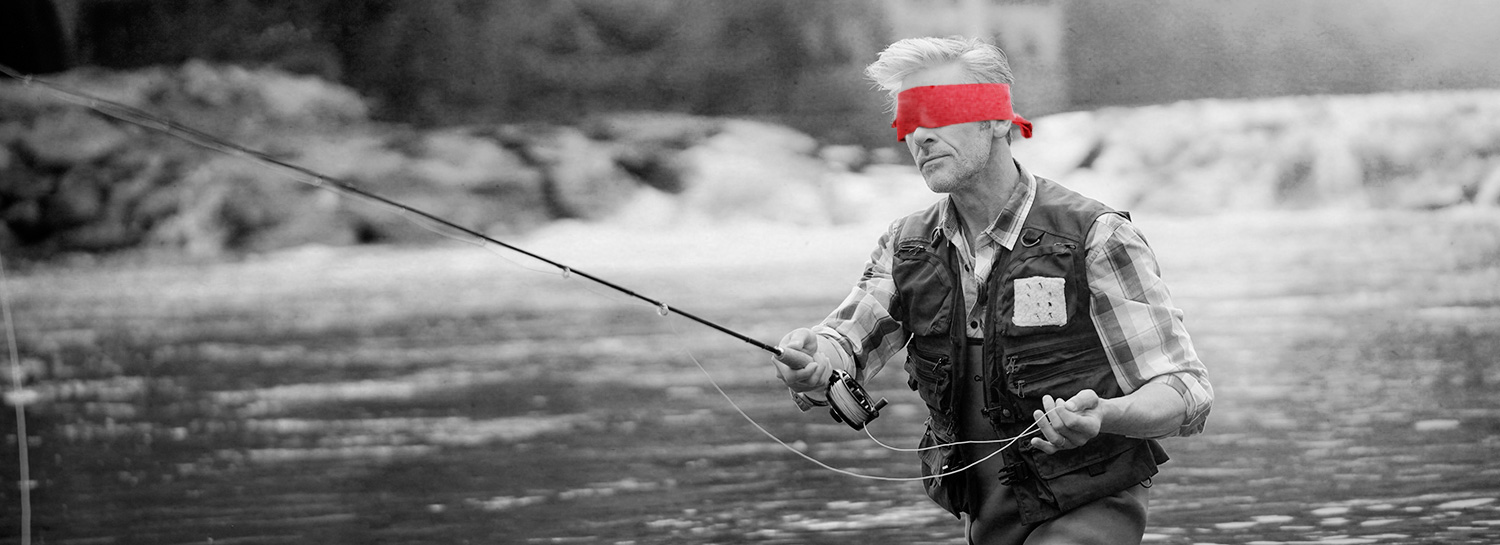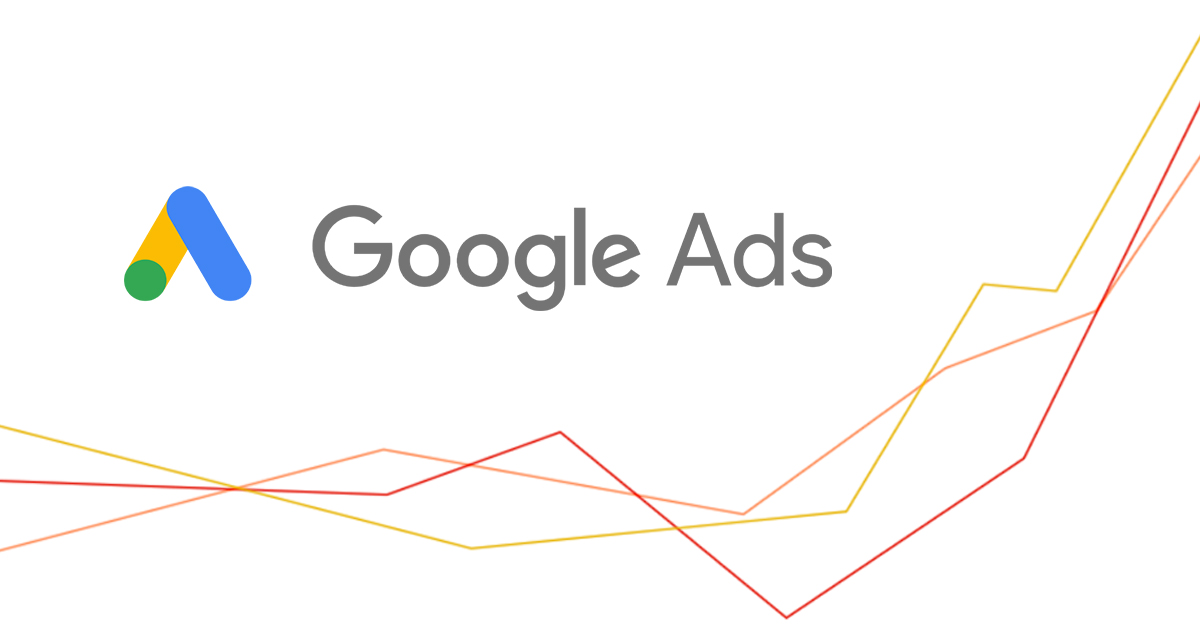The warmer days remind me that one of my favorite outdoor activities is just around the corner: fishing. I grew up casting a line from the banks of my grandfather’s pond in California. I’ve always loved the outdoors, water, and the anticipation that you feel waiting for a fish to bite. For a long time, I believed landing a fish was all about luck. However, a recent fly fishing trip to Montana taught me that you don’t need luck. You need data.
Attracting customers is much like fishing. Companies use flashy marketing campaigns to entice customers to purchase, like anglers use shiny lures to rouse a fish to strike. Both strategies should focus on the breadth and depth of information collected about the intended target. However, many companies lack the time and resources to gather critical data about their customer’s behavior. Instead, the company relies on guessing or gut feelings like an inexperienced angler hoping to catch a fish.
Suhail Doshi, CEO of Mixpanel, an analytics service company, once said, “Most of the world will make decisions by either guessing or using their gut. They will be either lucky or wrong.” Gut feelings and guesses only increase the likelihood that the fisherman and company will end up empty-handed. To be fair, the angler and company may guess-or-gut right and land fish and customers. Although luck may be enough for the occasional fisherman, it will not sustain a business.
When I flew to Montana, I decided to seek help from Lee, a local guide and expert at collecting fly fishing data. Even though it was my first time using a fly rod, his guidance led me to hook and release over twenty-five black-spotted and cutthroats. Lee didn’t make me feel lucky. His understanding of the waterways, the flies, and the fish made me prepared. Lee would not have as many happy clients if he did not spend the time fishing the waterways and learning everything he can about the fish.
Companies also need to make data collection a priority if they want to attract and retain happy customers. Each customer experience and engagement is a data point to be used to design a marketing plan. Even if you don’t have the resources to hire a data expert, you can begin with a guess or gut feeling and use the resulting data to inform your next strategy. Lee taught me that savvy anglers document the time of the day, weather conditions, and type of bait, lures, or flies that work each time they fish. After multiple trips to the same body of water, they develop a comprehensive understanding of what type of approach is most effective. It’s not guessing; it’s informed decision-making.
Recording any information about how your customers are using your products and interacting with your brand is a vital first step to creating data-gathering habits. The behavior information helps design a true customer persona that can guide your business decisions. Your Digital Ecosystem is an excellent place to start collecting information about social media engagement, online sales, and customer inquiries. All data can design better goods, increase sales, improve communication, attract more customers, and provide better customer service. When data collection is the first step, you will learn how to cast the right line to entice your customers to bite.
Please contact us if you would like to learn more about planning a fly fishing adventure or how the Tansley team can help your company gather, decipher, and use customer information to grow your business.







